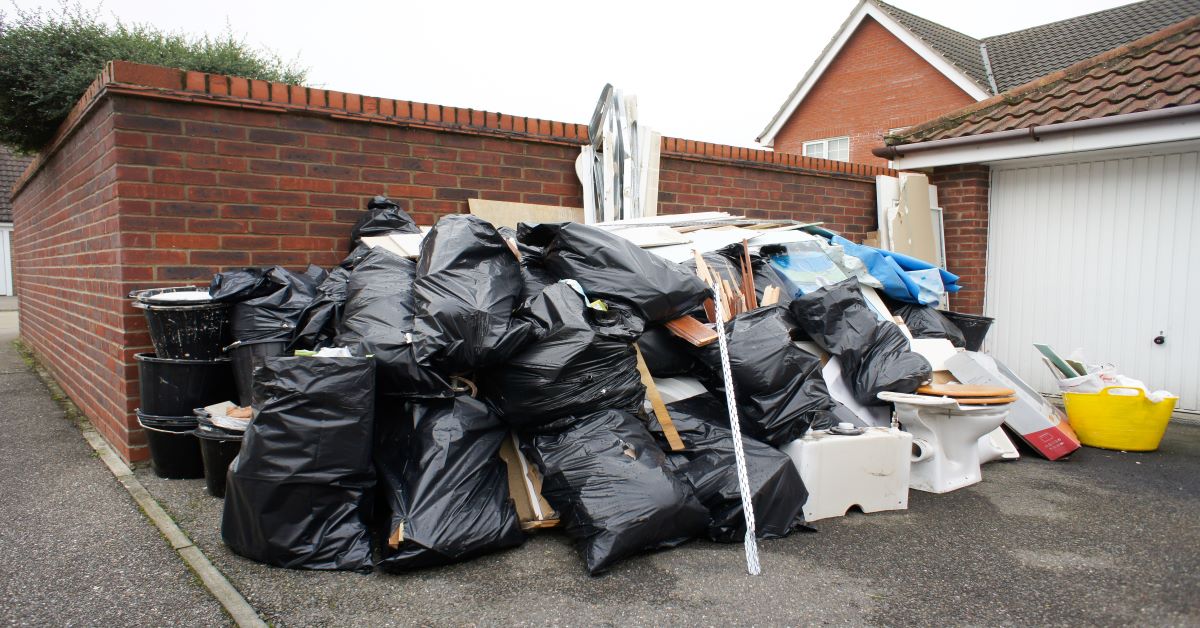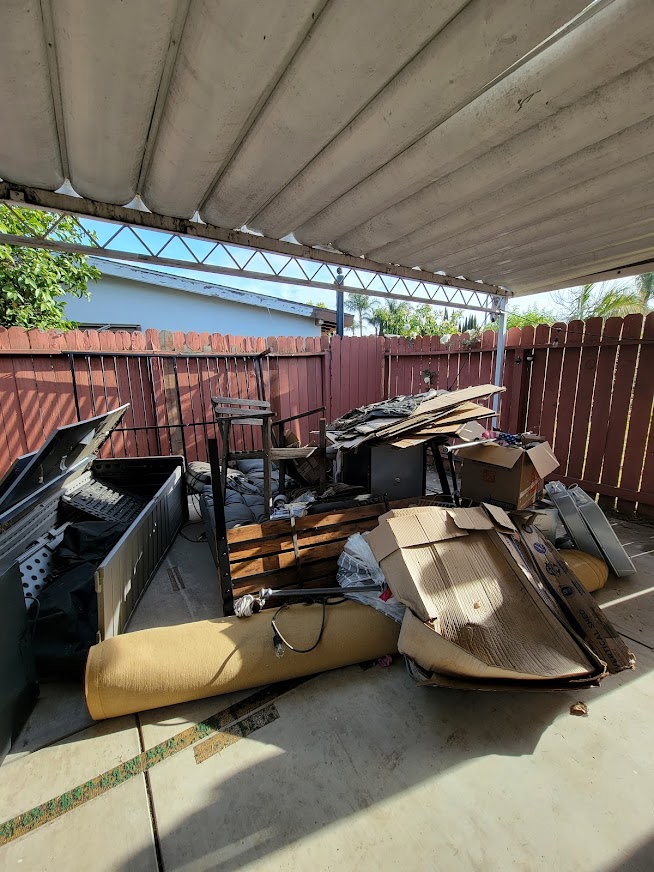Junk Removal Atlanta: Rapid and Inexpensive Clean-Up Solutions
Junk Removal Atlanta: Rapid and Inexpensive Clean-Up Solutions
Blog Article
Expert Waste Management Methods Customized for Industrial Settings
Customizing waste administration methods to suit the distinct needs of industrial setups is not just useful but crucial for preserving functional performance and environmental sustainability. The mission for improved waste management in commercial setups entails a meticulous technique that stabilizes regulatory compliance, cost-effectiveness, and eco-friendly responsibility.
Significance of Tailored Waste Management
Customized waste management practices are crucial in commercial setups to enhance source application and decrease environmental influence. Industrial operations produce a considerable amount of waste, varying from solid results to chemical pollutants, posing a threat to the setting if not managed properly (Atlanta junk hauling). By personalizing waste monitoring strategies to fit the specific demands and obstacles of each industrial center, business can not just abide by policies yet likewise boost functional efficiency and sustainability
One key aspect of customized waste management is performing a complete waste analysis to identify the types and quantities of waste created. This assessment allows firms to apply targeted solutions such as recycling programs, waste partition protocols, and waste-to-energy efforts. By recognizing the composition of their waste streams, industrial facilities can create affordable approaches to lower waste generation at the resource, leading to lasting ecological benefits.

Kinds Of Hazardous Waste
What are the various groups of commercial waste commonly generated in manufacturing processes? Hazardous waste can be categorized into several primary classifications based upon its composition and characteristics. Contaminated materials is one of one of the most crucial kinds, consisting of chemicals, solvents, heavy steels, and other materials that posture a risk to human wellness or the atmosphere. This group frequently requires special handling and disposal methods to avoid contamination and make certain security.
An additional usual sort of industrial waste is non-hazardous waste, which encompasses products like paper, plastics, and packaging waste. While non-hazardous waste might not present instant dangers, appropriate administration is still necessary to minimize landfill use and advertise recycling and sustainability methods.

Hazardous Waste Handling Procedures
Reliable administration of dangerous waste in commercial setups necessitates stringent adherence to established handling procedures to alleviate threats and ensure ecological security. Harmful waste handling treatments involve several crucial actions to lessen the potential effect on human wellness and the atmosphere.
Second of all, when recognized, contaminated materials must be thoroughly segregated from non-hazardous waste Get the facts to avoid contamination and ensure proper therapy. Storage space of contaminated materials need to follow policies regarding control, labeling, and compatibility to stop leakages, spills, or other events that could endanger employees or the atmosphere.
In addition, taking care of procedures need to consist of using individual protective devices, worker training, and emergency action methods. Regular examinations, monitoring, and paperwork of contaminated materials handling tasks are critical to keeping compliance and recognizing areas for improvement. By complying with these structured treatments faithfully, commercial facilities can properly manage contaminated materials and support their dedication to ecological stewardship.
Executing Reliable Recycling Practices

To carry out reliable recycling methods, industrial facilities should initially perform a waste audit to determine the types and quantities of recyclable products created in their operations. Based upon this audit, business can then develop marked recycling terminals, supply appropriate training to workers on appropriate sorting strategies, and collaborate with relied on reusing companions for the collection and handling of materials. Furthermore, setting certain recycling goals, tracking progression, and regularly junk removal cost estimate interacting with staff about the value of reusing are vital steps to make sure the success and sustainability of reusing initiatives in industrial setups.
Monitoring and Continual Improvement
To ensure the performance and sustainability of waste administration strategies in commercial settings, the implementation of robust tracking and continuous renovation procedures is necessary. Surveillance involves monitoring crucial performance indicators (KPIs) such as waste generation prices, reusing portions, and disposal costs. On a regular basis examining these metrics allows businesses to identify areas Bonuses for enhancement and measure the success of executed waste management initiatives.
Constant improvement is important for fine-tuning processes in time. It includes analyzing keeping an eye on information, recognizing inadequacies, and executing changes to maximize waste management practices further. This repetitive technique fosters a culture of ongoing enhancement and technology within the company.
Using modern technology like waste tracking software application and IoT sensors can improve monitoring efforts, supplying real-time data for educated decision-making. Staff member training and interaction additionally play an important role in making certain the success of surveillance and continual renovation initiatives, as frontline team are commonly essential players in waste monitoring processes.
Conclusion
In verdict, customized waste monitoring approaches are important for commercial settings to effectively handle various kinds of waste, consisting of dangerous materials. By carrying out reliable recycling methods and constantly surveillance and enhancing waste monitoring processes, markets can minimize their ecological effect and ensure conformity with policies. It is essential for business to prioritize waste monitoring to shield the environment and advertise sustainability in their procedures.
Report this page